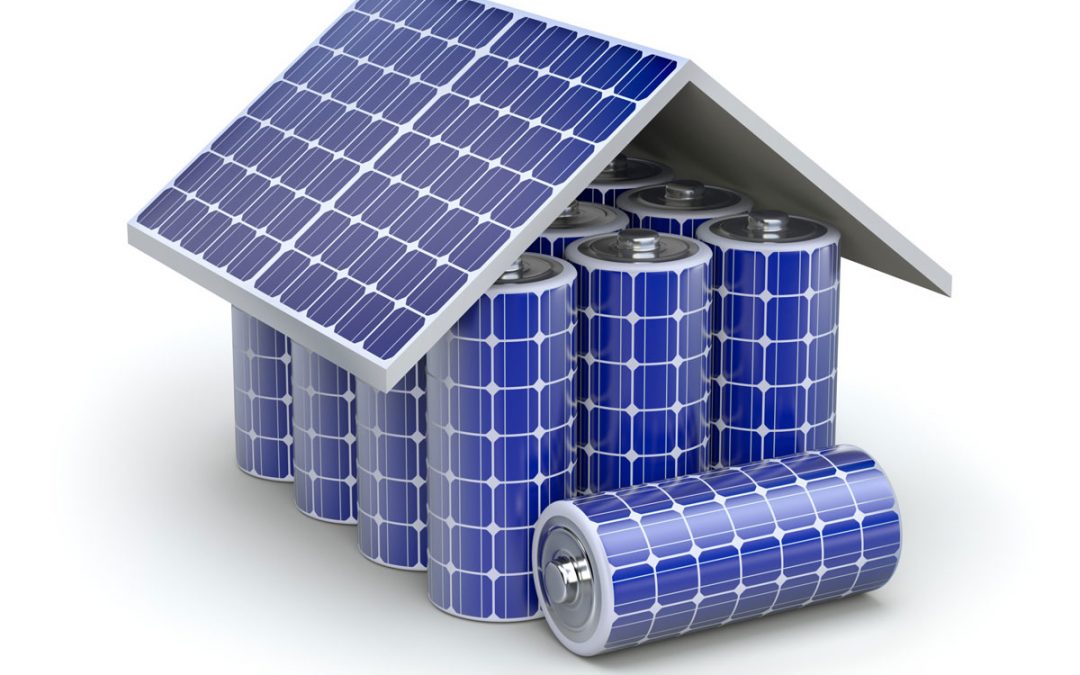Solar panels are offering homeowners and businesses more ways to reduce their carbon footprint. Learn how a battery backup can provide more energy security.
Are you growing weary of soaring electric bills? Do you wish to reduce your home’s carbon footprint? Then investing in solar panels is the way to go.
Today, the United States boasts of over 2 million solar installations. Moreover, analysts predict that the solar industry will dominate this new decade.
It doesn’t come as a surprise, considering the numerous benefits solar panels bring. However, there’s another item that’ll help you maximize the gains of your solar panels: the solar-powered battery backup.
Like solar panels, it allows you to enjoy solar energy. But the idea involves storing energy instead of harvesting.
How do these solar batteries work? Are they wise investments worth considering? Continue reading below as we give you a lowdown on these interesting add-ons.
The Three Types
Though the common setup is connecting your solar panel system to your electrical grid, the scenario you want to achieve is going off the grid. Doing so allows you to enjoy cheap or free use of electricity in the evening. This is where the batter comes into play.
Before we discuss how a home battery bank works, let us first identify the three different types. These are the flooded batteries, the no-maintenance batteries, and the lithium-ion batteries.
Flooded Batteries
Flooded batteries involve occasional refilling of water for them to work. They’re also the favorite pick for homes that require full off-grid requirements. This is due to the batteries’ longevity.
But their longevity depends on the time you discharge them. On average, you can expect flooded batteries to maintain enough capacity for up to as much as 4,500 discharges. If you’re going to translate this into years, these batteries can last between six to 12 years.
However, you need to charge them daily.
If you want something that lasts longer, you can go for the extra-thick leaded batteries. The trade-off is that they’ll cost a bit more.
When it comes to maintenance, you need to keep flooded batteries in a well-ventilated area. This is because they don’t feature a fully-sealed construction. This means small amounts of gasses leak from the batteries.
No-Maintenance Batteries
Unlike the flooded batteries, no-maintenance solar batteries come with a fully-sealed construction. This prevents gases from escaping the unit.
They also don’t require “equalization.” Equalization pertains to the batteries’ maintenance routine. This routine involves the checking of the batteries’ acidity and location.
No-maintenance batteries can yield a 1,500-cycle lifespan. This equates to several decades of performance.
The challenge with these batteries comes with the owner’s usage. To maximize the batteries’ efficiency, you need to determine how long you want the batteries to function sans power generation.
This is what experts coined as “days of autonomy.” Charging the batteries in full during the day and discharging them at night time equates to one day of autonomy.
Be mindful that certain conditions may disrupt this calculation. During snowy or cloudy days, charging may take longer.
Lithium-Ion Batteries
These batteries are becoming favorites recently for many reasons. First, they don’t require any maintenance. However, they yield twice as many cycles as flooded batteries offer.
Secondly, you can fully discharge them in every cycle without worrying about any damage. Lead-acid batteries sustain damage if you discharge them below the 50% level.
The downside is they cannot fully power a home completely off the grid.
The Key Benefits
Several benefits and advantages come with installing solar batteries. First, you can enjoy power on-demand. Even if there’s an outage in the evening, your home will still have energy through solar batteries.
If you live in an area where brownouts are frequent, solar batteries will give you energy security. You’ll have better control of your energy needs as you become less dependent on the grid.
Compared to a generator, solar batteries function quietly. This is important, especially at night when everybody is trying to get their sleep.
Solar batteries are also the best choice if you wish to lessen your carbon footprint. Since you’re using renewable energy, you’ll contribute less pollution to the environment.
How Does a Solar Powered Battery Backup Work?
As we mentioned earlier, a solar battery is something you add to your solar panel system. The idea is the battery harvests and stores the excess energy coming from the panels.
So how does a solar-powered battery backup work? Making a solar battery work involves more than the battery itself.
Some key parts and elements need to work together. Let’s try to break down the parts below.
The Solar Panels
Though solar panels are not a requirement, it’s best to partner them with your solar batteries. Instead of connecting the batteries directly to the grid, pair them with your solar panel system instead.
Connecting them to the grid means the batteries will only be good for a single charge. This isn’t ideal in a scenario of a prolonged outage.
On the flip side, connecting your batteries to your panel system allows you to store energy even if there’s an outage. As long as the sun is up, your panels will harvest solar energy.
Additionally, pairing the two translates to further reduction of your monthly energy bills. Different states charge users differently. But installing a solar panel system can cut down your utility expenses from an average of $1,950 per month to only $500 per month.
The Inverter
You also need to hook up your solar battery to a solar inverter. The inverter converts electricity from direct current (DC) to alternating current (AC). This conversion is necessary so you can use the energy safely for your home appliances.
The Racks, Brackets, and Enclosures
Last, but not least, are the smaller components. These are essentials in ensuring the safety and performance of your solar batteries.
These small components are your brackets, racks, and enclosures. They hold your batteries in place.
Moreover, there are also wires, cables, and plastic piping. They contribute to the batteries’ safety and performance.
Learn More About Solar Energy
Investing in a solar battery backup is one of the best investments you can spend on. Though a solar panel system involves some upfront costs, you’ll enjoy more savings in the long run.
We invite you to discover more about solar energy. Find out how it can make your home more energy-efficient by reading our other guides. If you want direct answers or if you seek professional assistance, get in touch with us today!

